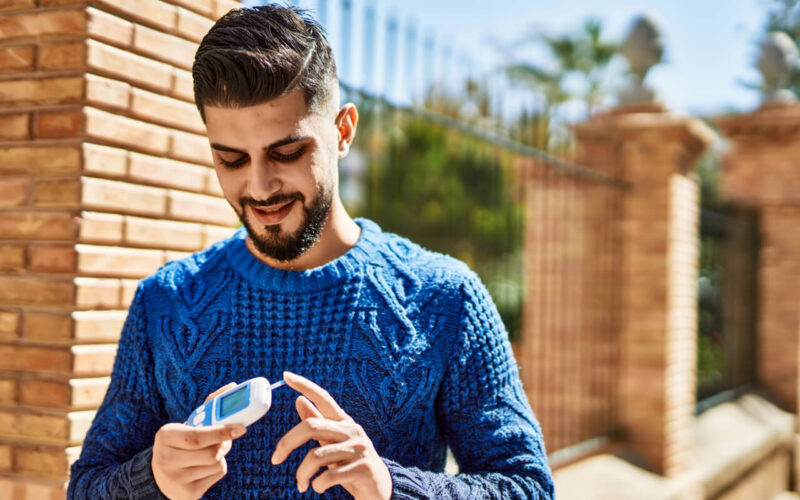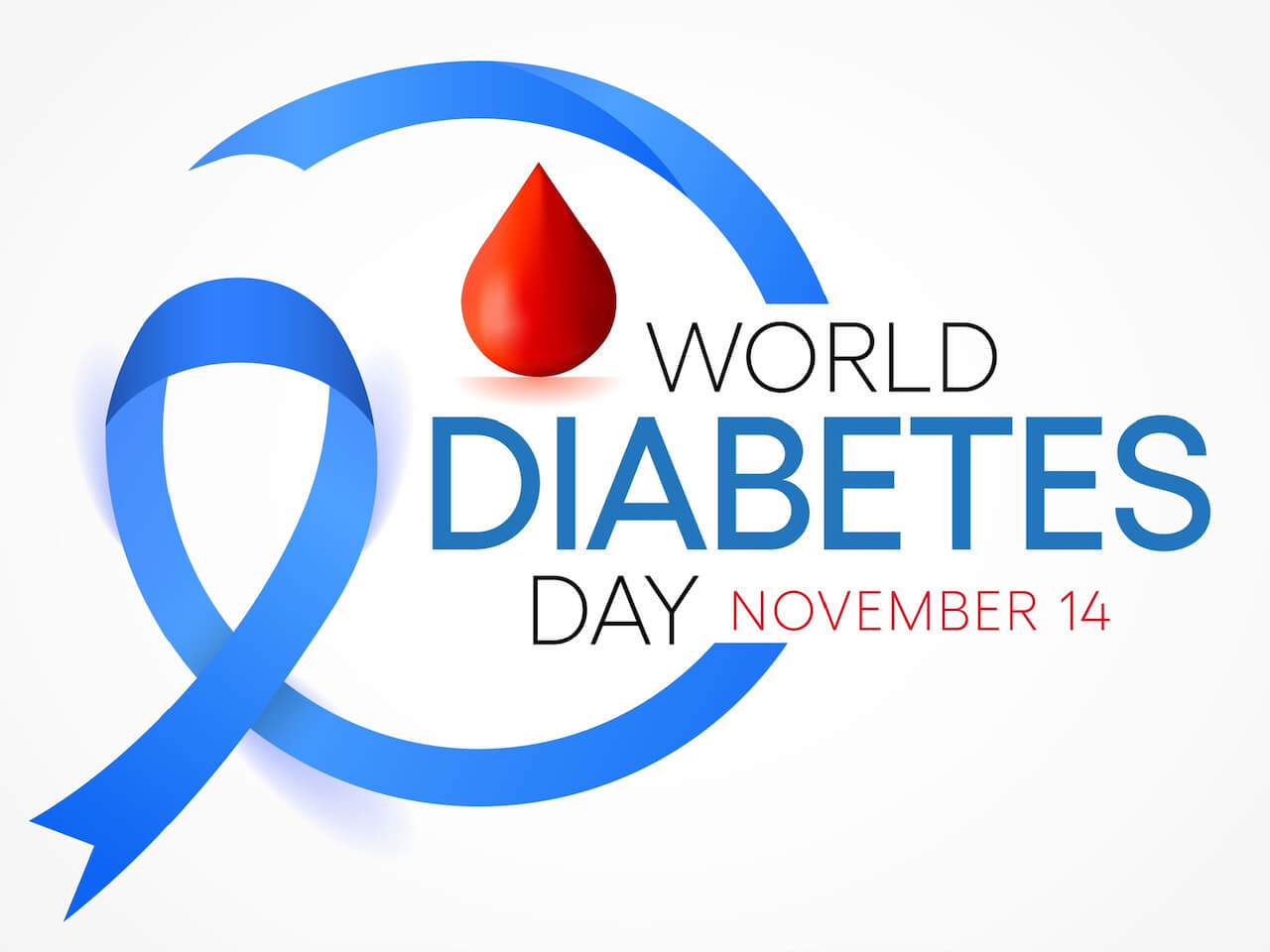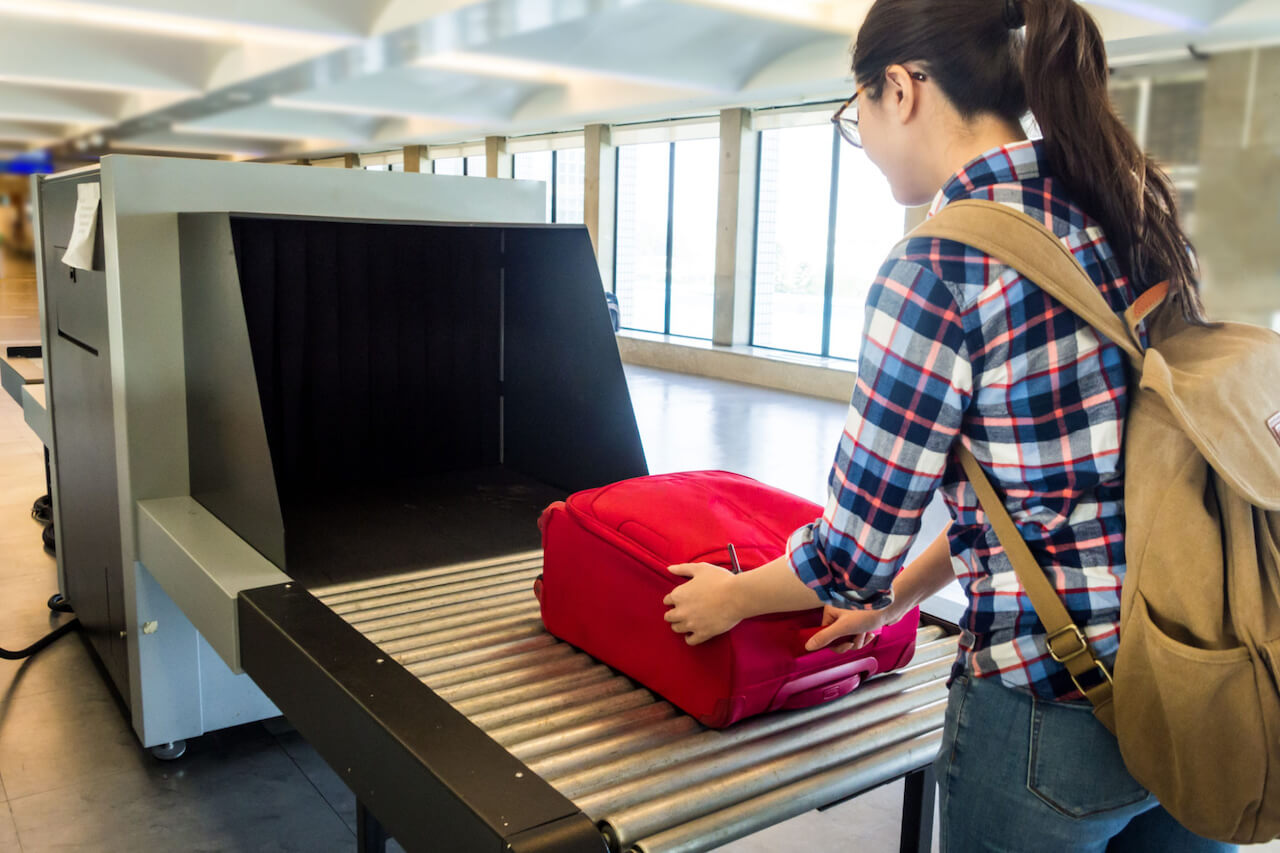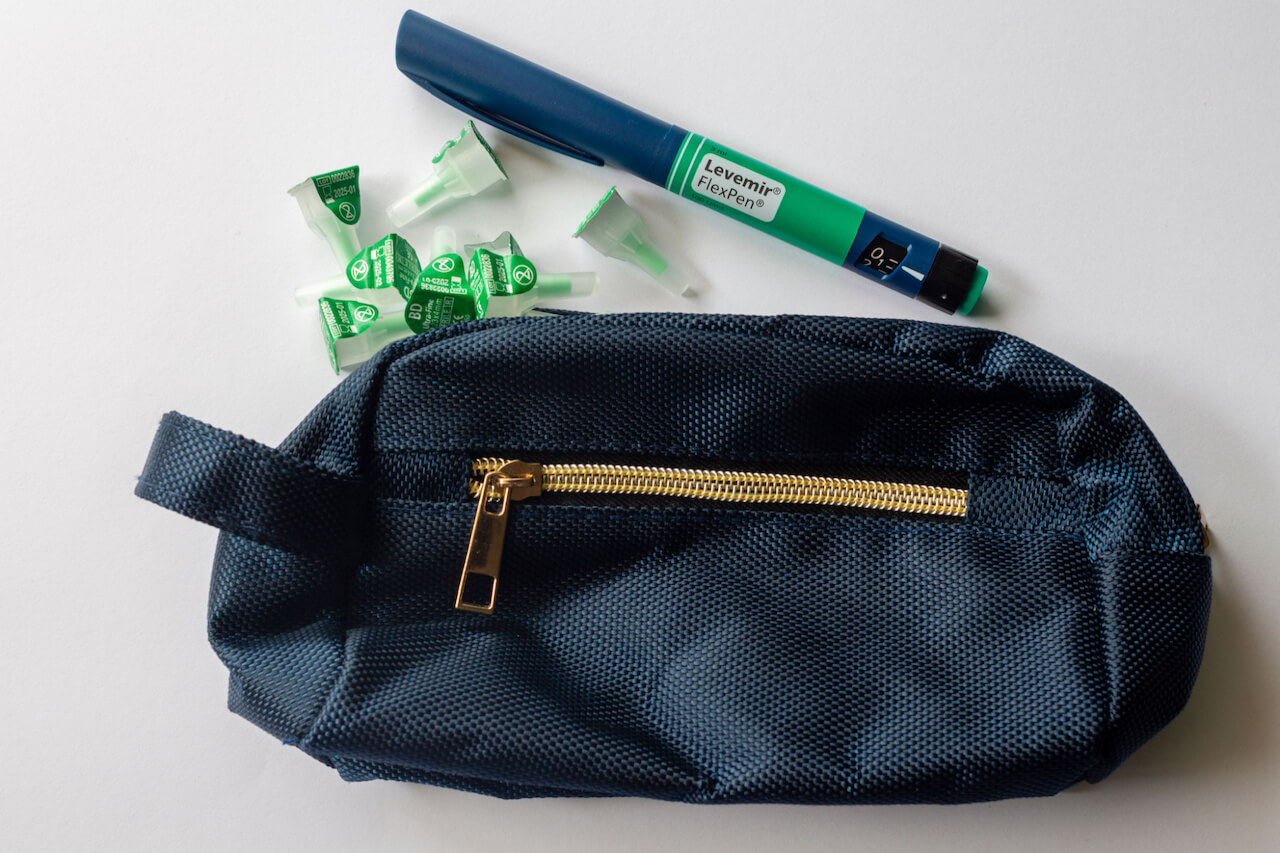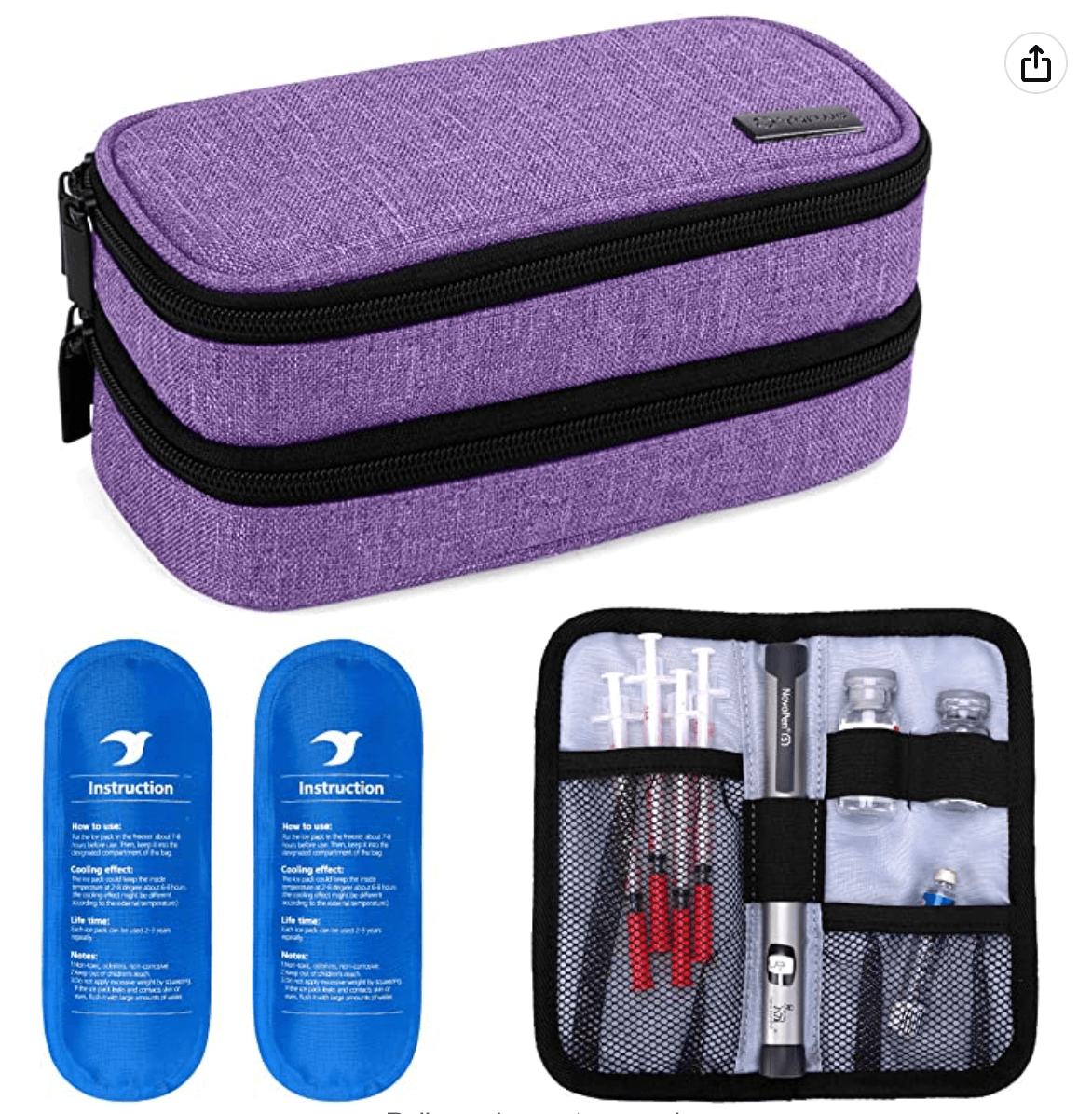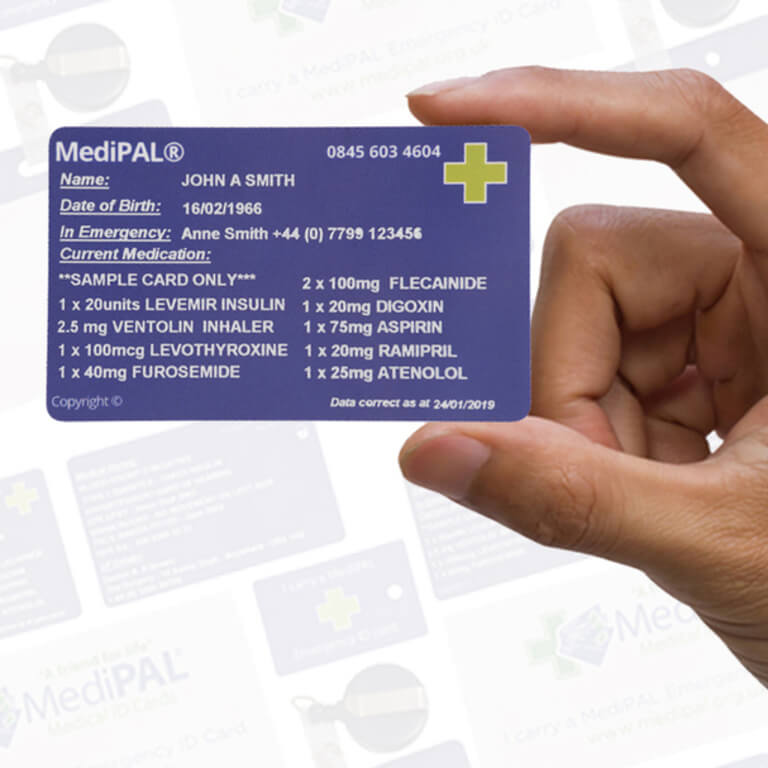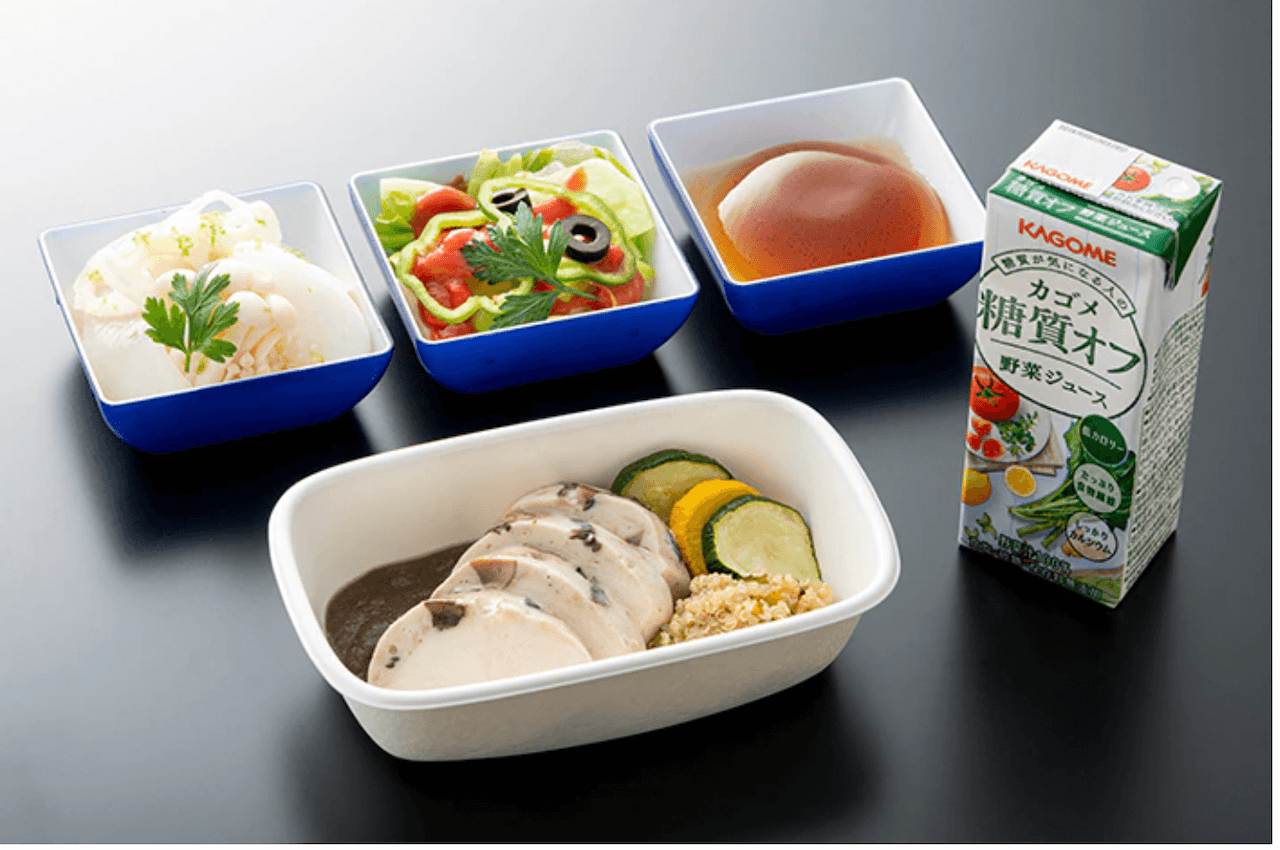Today is World Diabetes Day. Since 1991, November 14 has been the day on which awareness is raised about this chronic disease. It was chosen because November 14 was the birthday of Sir Frederick Banting, who co-discovered insulin along with Charles Best in 1922.
But World Diabetes Day goes beyond campaigning and marketing. In 2006, World Diabetes Day became an official United Nations Day with the passage of United Nation Resolution 61/225. The resolution aims to convince governments that the diabetes epidemic is real.
November 14 is World Diabetes Day. Image source: Shutterstock.com/ The Creative Guy
Fast forward 16 years and it’s clear that diabetes is still the silent killer. German data specialist company Statista estimates that, in 2022, there are 537 million people living with diabetes all over the world. By 2045, projections show this number rising to 783 million diabetics globally.
A 2017 study by the World Journal of Diabetes showed that “the mere presence of diabetes deteriorates a person’s quality of life”. So, for World Diabetes Day 2022, AeroTime is providing some helpful tips on how to travel with diabetes.
Inform your doctor about your travel plans
Traveling with diabetes: Tell your doctor about your travel plans Image: Lordn/ Shutterstock.com
Make sure to tell your endocrinologist (diabetes doctor) about your travel itinerary. The Centers for Disease Control and Prevention (CDC) suggests that you ask your doctor the following:
How to adjust your insulin doses if you’re traveling to places in a different time zone
To provide prescriptions for your medicines in case you lose or run out of them
If you will need any extra vaccines
To write a letter stating that you have diabetes and why you need your medical supplies
It’s also important to tell your doctor about the cities you will be visiting so that, in the event of an emergency, they can refer you to a local hospital or doctor.
Prepare for airport security regulations
Traveling with diabetes: prepare for airport security regulations Image: PR Image Factory / Shutterstock.com
If you need to fly on your travels, it is crucial that your doctor or health provider grants you a medical certificate stating that you have diabetes, and that you need to take specific medication with you.
It is best to check the rules with the particular airport you will be departing from but, as a general rule, liquid items are only allowed in your hand luggage if they are in containers of 100ml or less.
However, there’s good news for diabetics traveling in the US: the CDC says that people with diabetes are exempt from the 100ml liquid rule for medicines, fast-acting carbs like juice, and gel packs to keep insulin cool. This is where your medical certificate can come in handy.
If you are traveling within the UK, there’s also an exemption for liquid containers larger than 100ml if they are for essential medical purposes, for special dietary requirements, or contain baby food or baby milk.
The EU states that liquids in individual containers should be no more than 100ml, but we suggest that you individually check with the respective airports you will travel from.
If you’re traveling to, from or within the US, the US Customs Border and Protection (CBP) has stated that prescription medications should be in their original containers with the doctor’s prescription printed on the container. The rule of thumb is to take no more than a 90-day supply.
And that is the reason why you also need to have your medicine prescription on top of your medical certification stating you have diabetes. If you are traveling long-term, you may need to top up your medical supply from the cities you are going to.
Another tip: If you’re traveling with an insulin pump or continuous glucose monitor, ask airport security if they can consider inspecting these by hand rather than X-ray to avoid potential damage to the medical gadgets.
Have all your diabetes supply in a carry-on bag and use proper travel gear
Traveling with diabetes: Have all your supplies in a carry-on bag. Image: sallehudin irwan zulkifli / Shutterstock.com
Even if you are just taking a short-haul flight, you must have all your supplies with you. With all the flight delays and cancellations happening globally, you need to be prepared for your next insulin shot or medication.
Insulin travel pack Image: Yarrow store / amazon.ca
For those traveling with an insulin pen, it’s highly recommended that you get an insulin cold pack for travel. Many models are now slim, handy, and can fit in almost any handbag. Do not rely on airlines to keep your insulin.
The CDC also suggests that you take double of everything: double the insulin shots and other medication. There’s a possibility that you may have to take your second or third dose of medication if there are delays or cancellations.
Get a diabetes / disability health card
Traveling with diabetes: Make sure to get a medical card / MediPAL in the UK image: medipal.org.uk
It is understandable to want to fly or travel ‘under the radar’ without the whole world knowing you are diabetic. However, to be on the safe side, it is suggested that you register and get a medical card that lets other people know that you have diabetes.
In the US, the Transport Security Administration (TSA) calls this a ‘Notification Card’, while in the UK it is called MediPaL. The MediPaL card displays your diabetes type, and also lists current medication and medical history details, and important emergency contact details.
The MediPal costs around £14 and can be applied for online. It’s a small price to pay for a card that could potentially save your life.
Order a diabetic meal ahead of time
Traveling with diabetes: make sure to pre-order your diabetic meal image: Aureliy / Shutterstock.com
Diabetics are encouraged to always have an ‘emergency snack stash’ (crackers, granola bars, trail mix etc) to prevent hypoglycemia (when your blood sugar or glucose level is lower than the standard range).
On top of that, it is advisable that you book an airline diabetic meal at least 24 hours prior to your scheduled departure. You can do this online via the airline website, or you can call the airline directly. Your travel agent can do this for you if you did not book your flights yourself.
DBML – this is the IATA airline code for Diabetic Meal. This meal should not contain sugars, syrups, jams, cakes or chocolate. The Diabetic Meal should not cause an increase in blood sugar levels for the passenger.
All Nippon AIrways (ANA) is one airline that offers DBML on its flights. The airline developed a diabetic meal with the supervision of the Japan Association for Diabetes Education and Care. This meal has since been available on ANA flights since October 2021.
Not all airlines offer DBML yet, so it’s best to contact your airline or check its website.
You may want to read this thorough and meticulous journaling of a diabetic man who tested his airline’s DBML by measuring his blood sugar levels before and after each meal.
So there you have it – our top five tips on how to make traveling with diabetes easier. The most important thing to remember is to enjoy yourself – life and travel can still be sweet, even with diabetes.

